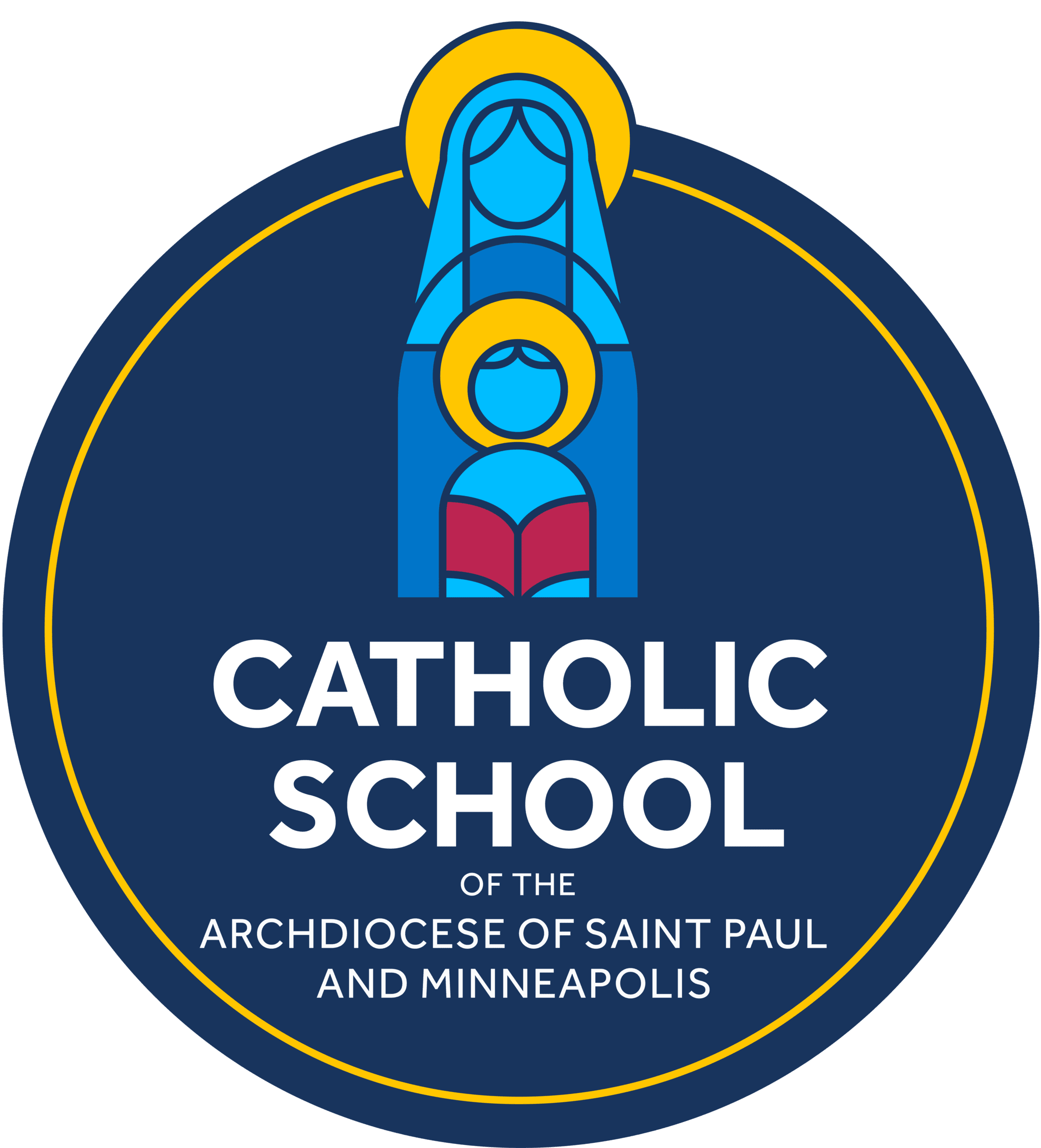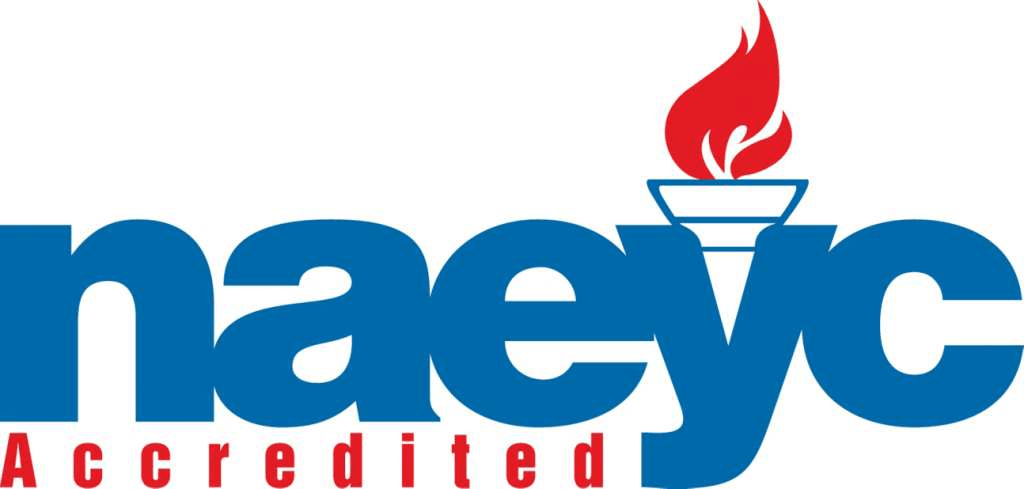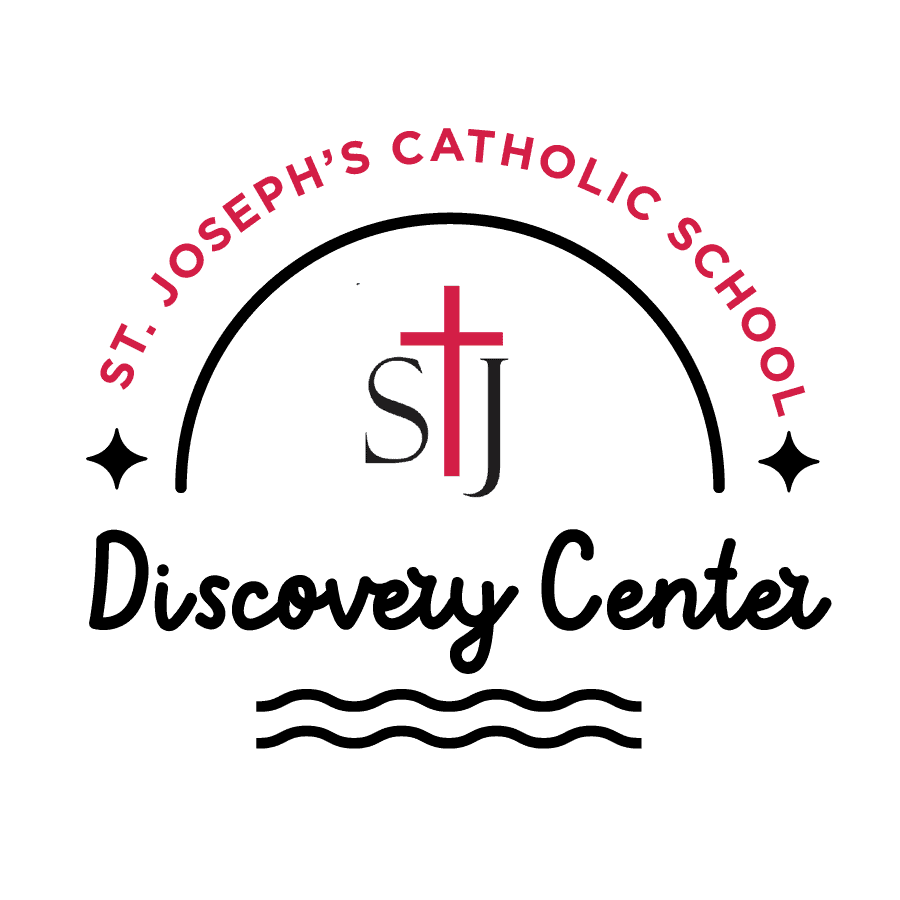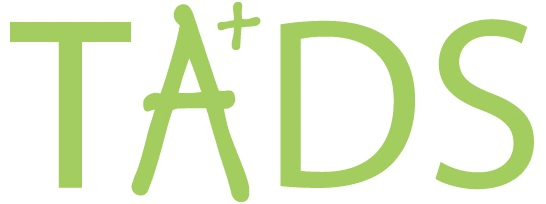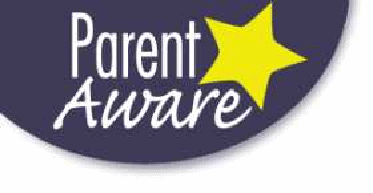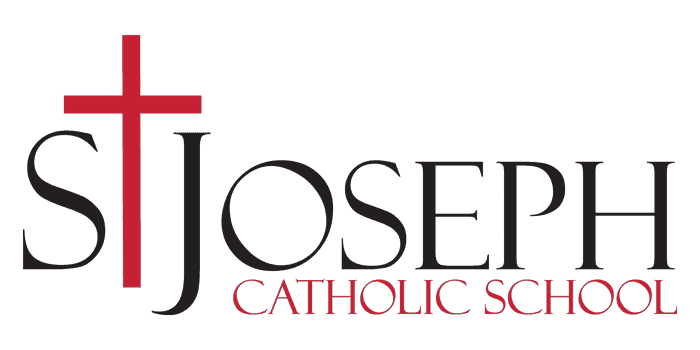What makes C-STEM learning a good thing?
There is a lot of research about 21st Century learning that makes our C-STEM model an excellent option for our school. There are strong cries throughout the country for innovative schools to continue to grow so as to advance the excellence of our nation’s school system. It has been awhile since I have shared the background on our school model, so in this article, I will take some time to re-iterate the foundations of our school’s C-STEM philosophy.
Career readiness is a far-reaching component of C-STEM learning and it is truly a very strong aspect of our C-STEM school. However, the STEM fields are not the only career fields that students will prepare for in C-STEM learning environments. I have shared information often about the 4 Cs of learning in our school, those are: Collaboration, Communication, Creativity and Critical Thinking. These are both soft and hard skills that all learners need to continue to polish in order to be ready to work in any field of study. At St. Joseph, we intentionally put learning opportunities in front of our students that require them to grapple with the 4 C’s of learning.
Here are some of the ways that you will notice that this is taking place at St. Joseph. Collaboration is a big part of our Smart Lab learning experiences and our Integrated C-STEM work. Students are constantly asked to work with at least one other person on projects in these learning environments. Whether it’s creating their own website, designing and printing a 3d printed object or programming a robot, our students are expected to work with others, and they are coached and assessed on how well they do these things. Often, this can be the hardest thing that a student has to do in a day. By struggling through these learning opportunities, much character can be built and sustained for the future. Collaboration also takes place in our music and PE programs. Students learn the importance of teamwork, preparation and doing their own part to make the team shine. Speaking of teams, our extracurricular programs give students solid experiences in this as well, from volleyball to robotics to basketball, math team, soccer and potentially baseball and softball this spring. Collaboration is an intentional life skill that we work on inside and outside of the school day so that our students come to realize that we can not succeed on our own. Our prayer life is another critical component of collaborating. For until we recognize that we need God, and then actually lean into God, we cannot find true joy in this life. Without God, we are just simply people living in a materialistic world and we will be consumed by the world and its ways rather than by the Holy Spirit and its amazing love. Our C-STEM program lays a foundation for recognizing that we need to work with our almighty God as we go through this lifetime and prepare for eternity.
In terms of Communication, our students do a lot of technical writing, note-taking, paraphrasing, researching, presenting, diagraming, proofing, viewing and listening. These skills happen throughout all studies including reading, writing, science, social studies, math, technology, PE, music, art, and our engineering courses. One of the ways of which I am very proud of our school’s students is the way they communicate through the use of science notebooks. I’m not sure if you, as parents, are able to see the impressive work that our students do in their science notebooks, but it really is a work of science and simultaneously a work of art. Since learning about science notebooks a few years ago, I too have found many ways to improve my own note taking skills in all types of professional learning that I do. This year, I request that you make a point of looking for your child’s science notebook when you visit the classroom. These do not go home very often, as it is an important learning tool during their everyday learning.
Another source of communication at St. Joseph that is unique is our Literacy Instruction. As I mentioned early this summer, our young students will have a chance to experience some extremely powerful foundational reading through the implementation of the Groves Literacy Framework starting this fall. Groves is a well-known literacy institute in the Twin Cities. They specialize in helping struggling learners read, yet their strategies are good for all learners. Our K-3 teachers will be working with a literacy coach from Groves this year and our partnership with them extends over the next three years. This is a great blessing that is being provided to us free of charge thanks to CSCOE (The Catholic Schools Center of Excellence in the Twin Cities) and to Cretin Derham Hall Catholic High School in St. Paul – these entities have invested over 1 million dollars into this program for several of our Catholic Elementary Schools. I hope that we, as a community of parents and educators, will find a way to thank them for their extreme generosity.
Of course, our Catholic identity is rooted in prayer – the most powerful form of Communication that is available to us. Learning to pray is complicated. It is more than just memorizing prayers. It is learning how to connect our spirit with our God. This is something that is nurtured in our school, but more importantly it must be practiced and nurtured in our homes and throughout our lifetime. By being part of our Catholic community, you have chosen a beautiful source of communication – namely learning the power of prayer. I pray that all families will amplify this opportunity more and more every day. I implore you to continually improve your family’s prayer life. Make prayer the source of your family bond every day. Learn how to pray together. It’s ok to be where you are at, just don’t stay there. How will you respond to the invitation to work on this communication skill in your life this year? My prayer for you is that you just take another step closer to heaven every day.
Critical Thinking in a C-STEM school happens constantly. We are working very hard to help our students become autonomous learners, in other words, we want them to take responsibility for much of their own learning. In the world that we live in, it is critical to acquire this skill which allows us to learn and then unlearn and relearn. This is most evident with rapidly changing technology that is prevalent in our homes and school. Knowing how to use the incredible power that is in the devices we use with integrity is an incredible challenge. We, as staff and parents, have the responsibility to monitor, control and filter what is being presented to our students/children. This responsibility falls under the umbrella of critical thinking. The moral compass of our faith helps us to uniquely build responsible consumers and producers of technology. This is a challenging opportunity that we continue to embrace at our school.
Creativity is the final C in our quiver of innovative school design. Creativity can be found all over St. Joseph School. Our art program is amazing. The projects that our students complete in art class are always impressive and can be found on display throughout the school. Our music program took a huge step forward with the addition of Mr. Roeser as our band director last year. He and Mr. Barker have plans to continue to grow our students’ music literacy and creative expression through music. A mind developed in music is a mind that blossoms in creativity. Another source of creativity is our engineering program. All projects that our students complete throughout a school year are designed to stretch their creativity. The capstones of these projects are the C-STEM fair projects that our older students complete each year. For families who have older students, it’s a good idea to have conversations about potential STEM projects that your child/ren can research and create for the annual C-STEM fair.
Since we started our C-STEM adventure 5-years ago, we have come a long way and we have blazed a trail for many other Catholic Schools in our Archdiocese and the upper midwest. Prior to our journey, there were 0 schools looking at the implementation of STEM in their Catholic School. Now, all 78 Catholic elementary schools in the Archdiocese have access to STEM resources and we all continue to lead the way and strive to attain excellence in 21st Century learning. Our influence as a C-STEM school has reached Catholic schools in several states and even a sister school in Central America that came to visit and learn about our school model. We truly have a great gem of a school at St. Joseph. Thank you for your partnership and we look forward to another great learning adventure this year!
~ Mr. Richards

